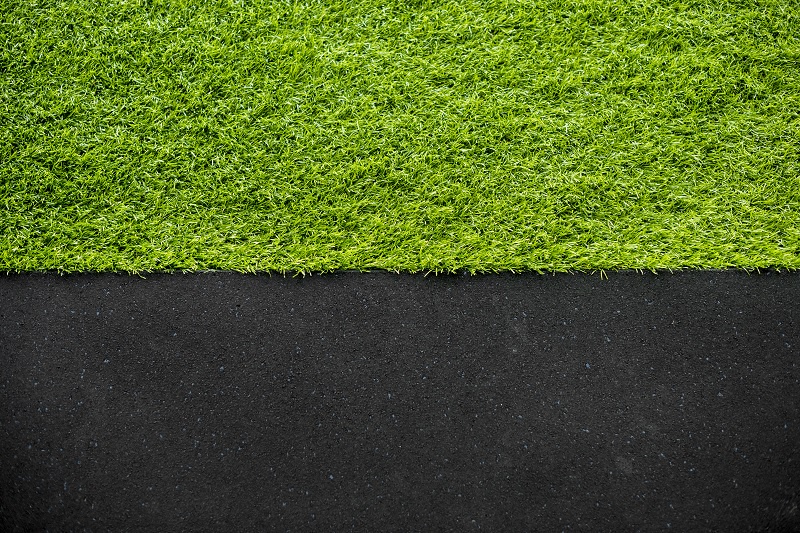Artificial grass has become a popular option for homeowners who want a low-maintenance alternative to natural lawns. This trend has led to increased interest in the impact of grass on gardens and the environment. In this comprehensive guide, we will explore the various aspects of grass, including its environmental impact, cost, installation, maintenance, drainage, aesthetics, and safety. By the end of this article, you will have a better understanding of how grass can transform your garden and whether it's the right choice for you.
Artificial grass has emerged as a favored choice among homeowners seeking a low-maintenance alternative to natural lawns, sparking a surge in inquiries about its environmental footprint and overall suitability. This guide aims to delve into every facet of artificial grass, encompassing its environmental implications, affordability, installation intricacies, upkeep requirements, drainage capabilities, aesthetic appeal, and safety considerations. Through this comprehensive exploration, readers will gain invaluable insights into the potential of grass to revolutionize their outdoor spaces, enabling them to make informed decisions regarding its adoption and discerning whether it aligns with their specific needs and preferences.
1. Environmental Impact of Artificial Grass
One of the main concerns people have about grass is its impact on the environment. It's essential to consider the following factors when assessing the environmental impact of artificial grass:
- Water conservation: Artificial grass eliminates the need for watering, which can significantly reduce water consumption, especially in drought-prone areas.
- Chemical usage: With artificial grass, there's no need for pesticides, fertilizers, or herbicides, which can harm the environment and local ecosystems.
- Carbon emissions: The production and transportation of artificial grass do contribute to carbon emissions. However, reduced lawn equipment usage (such as gas-powered lawn mowers) can offset these emissions.
- Waste: Artificial grass is made from synthetic materials, which do not break down as quickly as natural grass. However, some companies offer recycling programs for old artificial turf.
2. Cost of Artificial Grass
The cost of artificial grass is often a significant factor for homeowners when deciding whether to make the switch. Here are some costs to consider:
- Initial investment: Artificial grass can be more expensive upfront than natural grass, with prices ranging from $5 to $20 per square foot, depending on the quality and type of turf.
- Maintenance costs: While there are some maintenance tasks associated with grass, these costs are generally lower than maintaining a natural lawn, which includes regular mowing, watering, and fertilizing.
- Longevity: High-quality artificial grass can last for 15-20 years with proper care, making it a cost-effective investment in the long run.
3. Installation of Artificial Grass
Proper installation is crucial to ensure the longevity and performance of artificial grass. Here are the main steps involved in the installation process:
- Site preparation: The area where the artificial grass will be installed should be cleared of any debris, vegetation, and existing lawn.
- Base preparation: A compacted, level base (usually made of crushed stone or other aggregates) is necessary for proper drainage and stability.
- Weed barrier: A weed barrier fabric is installed over the base to prevent weed growth.
- Turf installation: The artificial grass is rolled out, seamed together, and secured with nails or staples.
- Infill: Sand or other infill materials are spread evenly over the grass to provide stability and help the grass blades stand up.
- Final grooming: The grass is brushed and groomed to ensure a natural appearance.
4. Maintenance of Artificial Grass
While grass requires less maintenance than natural grass, some tasks need to be performed regularly to keep it looking and functioning at its best:
- Debris removal: Leaves, branches, and other debris should be removed from the surface using a rake, leaf blower, or broom.
- Infill maintenance: The infill material may need to be replenished and redistributed occasionally to maintain proper stability and appearance.
- Odor control: If you have pets, it's essential to clean up pet waste promptly and use an enzyme cleaner to neutralize odors.
- Grooming: Brushing the grass periodically can help to keep the fibers upright and looking natural.
5. Drainage and Artificial Grass
Drainage is a crucial aspect of grass installation, as proper drainage can prevent issues such as pooling water and mold growth. High-quality grass products feature perforated backing that allows water to drain through the turf and into the base material. The base material should also be designed to promote efficient drainage.
6. Aesthetics of Artificial Grass
One of the main draws of artificial grass is its consistent, lush appearance. Artificial grass comes in various colors, textures, and blade lengths, allowing homeowners to choose a product that closely resembles natural grass. High-quality grass is designed to resist fading and wear, ensuring a beautiful lawn for many years.
7. Safety and Artificial Grass
Safety is an essential consideration for homeowners with children or pets. Artificial grass is generally considered a safe option, as it is non-toxic and does not require the use of chemicals. Some artificial grass products are designed with extra cushioning and shock-absorption features, making them suitable for play areas and sports fields.
Conclusion: Is Artificial Grass Right for Your Garden?
Ultimately, the decision to install artificial grass in your garden depends on your priorities and preferences. If you value a low-maintenance, environmentally friendly solution that provides a consistently beautiful appearance, artificial grass may be the right choice for you. However, if you prefer a more natural and organic approach to landscaping, natural grass may be a better fit. By considering the factors discussed in this guide, you can make an informed decision about the impact of artificial grass on your garden.


No comments yet